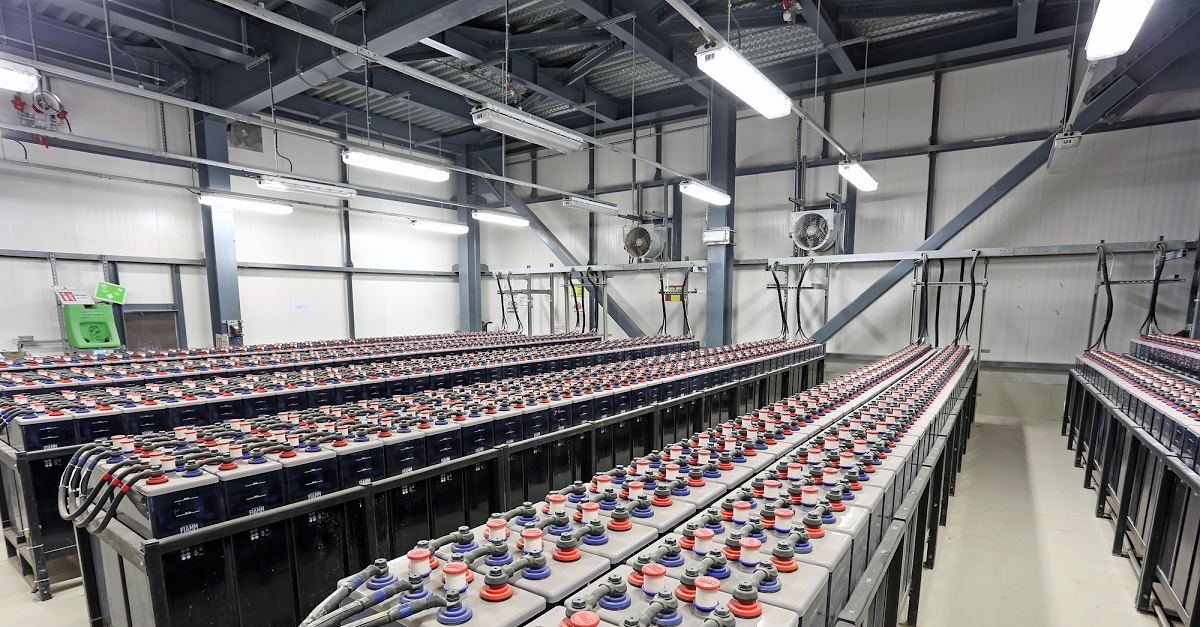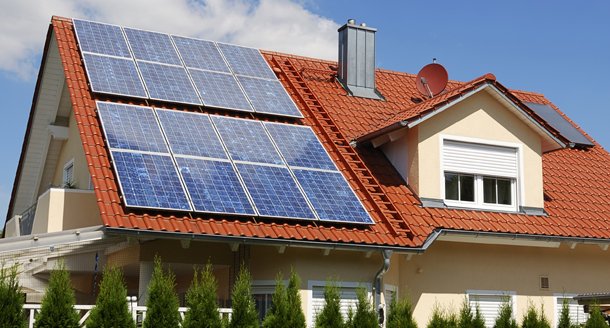In a recent article (Daily Times: October 12, 2019), we had argued that power sector planning in Pakistan needed turning on its head, from its top-down exclusive focus on supply expansions to seeking more granular, distributed, and demand-oriented solutions. We thought this necessary because some disruptive forces in the global energy markets had rendered the traditional approach to system planning less useful compared with a bottom-up demand-oriented planning. Today, we take the argument a step forward and highlight the key benefits that the latter approach holds in effectively dealing with the new challenges in the power sector.

All power sector planning, whether top-down supply- or bottom-up demand-oriented, starts with estimating the consumers’ demand for electricity. The primary difference between the two approaches is that in the former, after aggregating demand in its control area, a utility works out the required generation, transmission, and distribution facilities while in the latter effort is made to meet the demand, as much as possible, at the point of consumption. The utility’s main grid is designed to support and complement the local systems. The shift in focus, however, can make all the difference between a sustainable and unsustainable system.
The traditional approach to power system planning has served the society well for over a century as numerous technical and economic benefits could be drawn by building large-scale and centralized power plants using extended transmission and distribution (T&D) systems to deliver power to end-user located far away from these plants. But lately, the society has come to realize that these technological behemoths interconnected through complex webs of T&D networks were proving unsustainable owing to their capital-intensive nature, dependence on uncertain and risky fuel supplies, and the threats they posed to earth’s climatic and ecological balance.
Meanwhile, many new options have come up in the energy markets that have unlocked opportunities for previously-captive utility consumers to reduce, even eliminate, their dependence on utility grid and satisfy their electricity needs locally in more cost-effective and environmentally-friendly ways. Electric utilities, thus, face an existential threat, either adapt to new market realities or get perished. Many utilities have realized that a change of focus from supply-orientation to demand-orientation offers them a good opportunity to not only survive the new threats but actually thrive on them. Distributed generation (DG) options provide them a way to effectively deal with the new challenges.
Distributed resource planning starts at the point of consumption, that is the end-user, and works upward from there, step-by-step, assessing the technical and financial viability of various options along the way, for instance, using energy conservation and demand-side management (DSM) techniques, adding behind-the-meter generating systems like the PV, building a distributed plant in the same locality, or from a supply delivered through the main grid, whichever option turns out to be more feasible.
In the traditional system planning, three attributes are generally used to evaluate and determine the feasibility of candidate generation portfolios: reliability, cost, and environmental impact. First a few generation portfolios are short listed that meet the preset reliability criterion. Next, the portfolio with the lowest cost (investment and operating) is picked that also meets the environmental objectives. Once the generation portfolio is finalized, T&D lines and facilities are planned, mostly as appendage to generation plan, to deliver power from power plants to end consumers. As we discuss below, DGs can beat the centralized capacity plans on all three counts, and still offer additional benefits.

Generation reliability is ensured by keeping sufficient reserve capacity in the system (often 15 to 20 percent) to deal with any plant failure or sudden rise in demand. T&D reliability is ensured by carefully laying out these facilities (with sufficient redundancy) to counter failure of any major system component, generation or transmission. On technical grounds, even if the chances of failure of an engineering component in a system were the same, the chances of simultaneous failure of multiple components in that system decrease as the number of constituent components increases. As the distributed resources are located near the point of consumption, their deployment eliminates to a large extent the T&D systems that otherwise are required. Thus, the overall reliability of the grid with significant share of distributed resources will be much superior to the conventional grid that is composed of a small number of very large centralized generating plants.
The costs of small and distributed generating technologies (including conventional and renewable) have already declined to levels that make them competitive with conventional generation technologies, in some cases even lower than the operating costs of these latter plants. Add to it the investment costs and losses of the T&D systems (system upgrades and new capacity) that they will help obviate, and the balance will quickly tilt in favor of the distributed options. Arguably, some storage support to distributed systems will be needed, in particular with those based on intermittent and variable solar and wind), but when compared on a total cost on points of delivery (generation plus T&D), the superiority of distributed supply options will become abundantly evident. Distributed options also offer an opportunity to society to meet its demand for electricity with minimal negative impacts on the natural environment. Some options, for instance energy conservation and DSM, in fact, reduce the stress on environment by displacing the otherwise required energy from conventional fossil-fuelled power plants. Those based on renewable resources, with or without storage, by their very nature will have zero contribution to environmental pollution. Even when these are deployed as hybrids with fossil-fuel backups, the overall contribution to environmental degradation will significantly reduce when compared with a business-as-usual scenario.
In addition to the three attributes discussed above, there are a myriad of additional benefits that deployment of DGs, particularly those based on renewable sources, will provide to the nation. These include attributes like contribution to local industrial development and employment, improved power system resilience against market volatility and upheavals, flexibility in adapting to future technological developments, modularity in matching supply with demand to avoid over- or under-capacity, and security of primary energy supplies. These attributes are on the back of the planner’s mind but normally do not explicitly figure in the planning process. To reap the full range of benefits from DGs, however, a mechanism will have to be devised to incorporate these in the planning process.
Some readers may be wondering that if the distributed resources offer so many benefits why we don’t have more of these in the local power system. Essentially, for four reasons: (i) we are prisoners of routine, distrusting anything new and untried; (ii) lack of a single system planning model that can enable planners to incorporate all these attributes in the evaluation process and work out a plan that is optimum from multiple perspectives; (iii) lack of our planners’ training with these admittedly difficult to evaluate attributes; and (iv) the investment climate, system, and instruments that prefer concentrated capital-intensive projects with guaranteed returns on their investment.
But things must change now, as we cannot afford to just sit idle while the world around is changing so rapidly and in unprecedented ways. The consequences of the business-as-usual approach could be serious for the economy as well as society. After all, and as the old saying goes, “Today is the tomorrow we did not plan for yesterday”. Let’s plan it right this time, if not for ourselves, at least for our children.